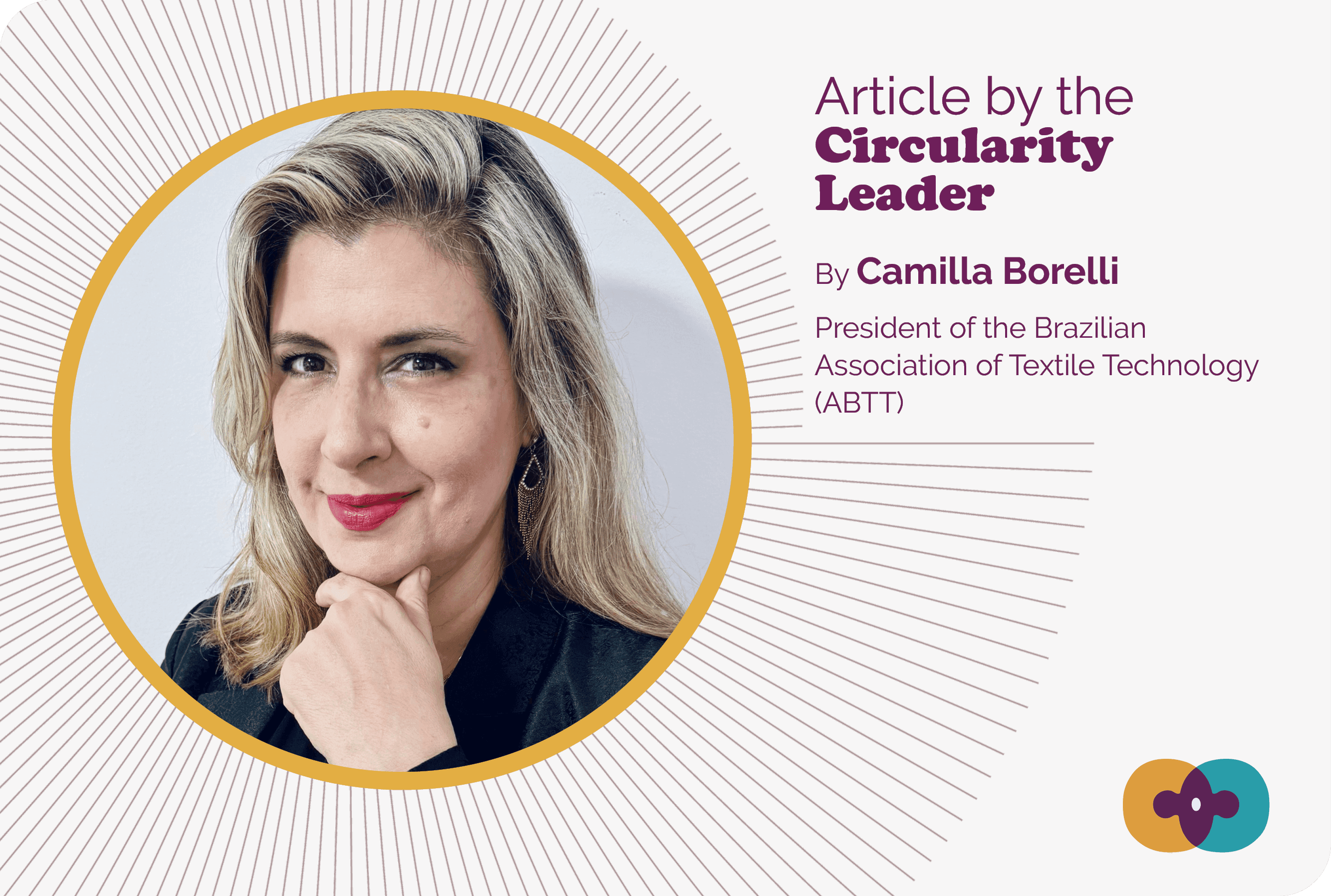
26/11/2025
Technological pathways for textile recycling
*Camilla Borelli
Within the Circular Economy, strategies such as reuse and repair are priorities for extending the useful life of garments as much as possible. But what happens when an item reaches the definitive end of its use cycle and can no longer be worn? This is where recycling becomes a fundamental pathway to recover valuable raw materials and prevent textiles from becoming waste.
Understanding the different technological routes is therefore essential to direct each type of waste to its best possible use, exploring both traditional methods and the innovations that are already transforming the sector.
The first step toward high-quality recycling is sorting, which separates waste by composition. Modern technologies, such as near-infrared (NIR) spectroscopy, already enable automated identification at high speed, ensuring that each material type is directed to the most appropriate route.
The two most consolidated routes for textile recycling are mechanical and chemical, although other technologies—such as biological and thermal processes—are also under development. Mechanical recycling, the most traditional process, consists of shredding and fiberizing textiles.
Historically associated with downcycling (use in lower-value products), this technology has evolved. Today, when applied to high-quality and homogeneous materials, it can produce fibers that return to the apparel industry, characterizing an upcycling process. In contrast, chemical recycling represents the frontier of innovation for more complex waste. Its great advantage is the ability to process fiber blends (such as polyester, cotton, and elastane) that mechanical recycling cannot separate. Through depolymerization, it breaks materials down into their basic molecular components to rebuild fibers with quality comparable to virgin materials, enabling a true closed-loop fiber-to-fiber cycle. Its current disadvantages are higher costs and technological complexity. Thus, the two routes increasingly complement each other, offering distinct solutions for different types of textile waste.
The simultaneous advancement of mechanical and chemical recycling defines the future of raw materials in fashion. However, the scalability of these technologies depends directly on a structural factor: the development of reverse logistics and selective collection infrastructure. It is this infrastructure, together with consumer awareness, that will guarantee a consistent flow of waste to sorting centers, enabling the technical allocation of materials so that mechanical and chemical routes can work together. Only then will the industry be able to close the loop of its materials, establishing the foundation for a regenerative value chain.
*Camilla Borelli
Textile Engineer, with a Master’s in Mechanical Engineering and a PhD in Chemical Engineering. With over 25 years of experience, she has worked in major higher education institutions as a lecturer and coordinator, and has also served as a manager in technology and research institutes. She is currently a professor and researcher at EACH-USP, technical coordinator of CONTEXMOD, and president of ABTT.
*This text was automatically translated with the help of artificial intelligence and reviewed. Still, there may be slight differences compared to the original version in Portuguese.

